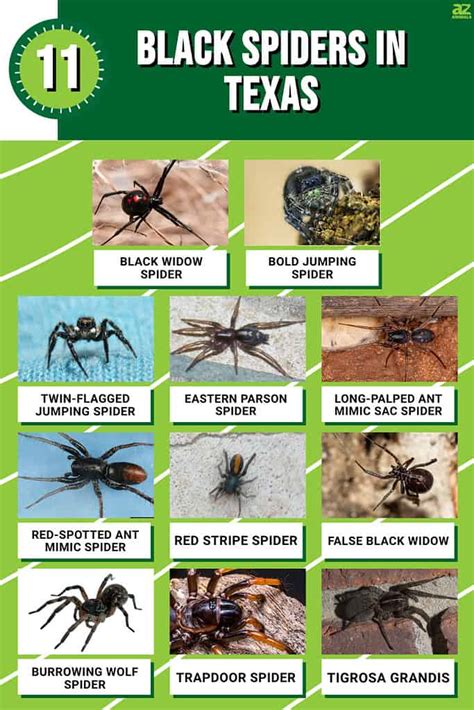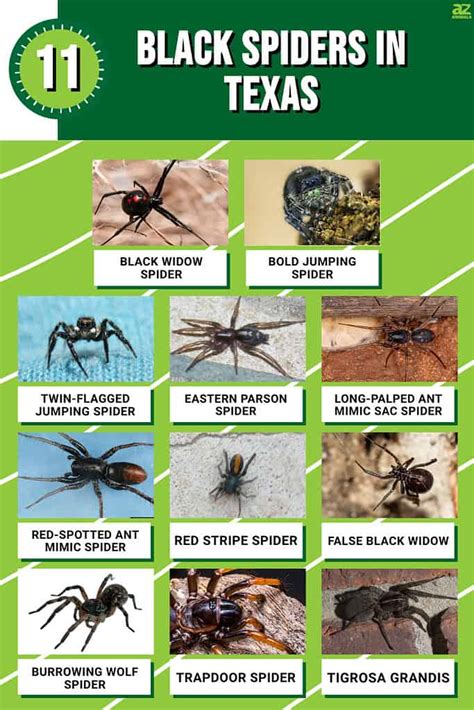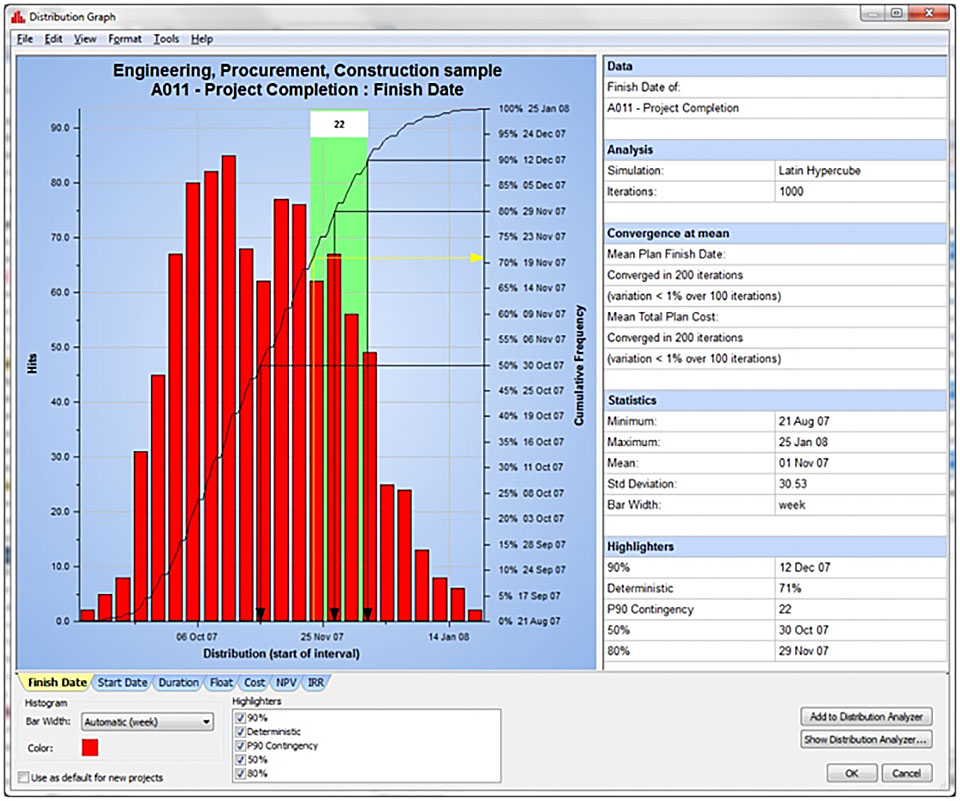Black Spiders of Texas: Unveiling the Secrets

In the vast and diverse landscape of Texas, a unique and intriguing phenomenon captures the curiosity of arachnologists and nature enthusiasts alike: the presence of black spiders. These enigmatic creatures, often shrouded in mystery, have sparked fascination and raised questions about their ecological role, behavior, and impact on the ecosystem. As we delve into the world of black spiders in Texas, we uncover the secrets that make them an integral part of the state's natural heritage.
The Black Spiders of Texas: A Species Profile

Texas, with its varied climate and diverse habitats, serves as a home to a multitude of spider species, including the distinctive black spiders. These arachnids, characterized by their dark coloration and unique physical attributes, have evolved to thrive in the state’s distinct ecosystems. From the arid deserts to the lush forests, black spiders have adapted to their surroundings, becoming a vital component of the local fauna.
Physical Characteristics and Adaptations
Black spiders in Texas exhibit a range of physical traits that set them apart. Their predominant color, ranging from deep charcoal to jet black, provides excellent camouflage, especially in shaded environments or during the night. This coloration, often combined with distinctive patterns or markings, serves as a natural defense mechanism against predators.
Additionally, black spiders have developed specific adaptations to survive in their respective habitats. Some species possess long, slender legs ideal for navigating narrow crevices and cracks, while others have robust, muscular bodies suited for hunting in open spaces. Their sensory organs, such as specialized hairs and sensitive pedipalps, allow them to detect prey and navigate their environment with precision.
Diverse Species and Their Habitats
Texas is home to numerous black spider species, each occupying a unique ecological niche. For instance, the Tarantula Hispana, a formidable arachnid with a leg span of up to 4 inches, is commonly found in the arid regions of West Texas. Here, they dig intricate burrows to escape the scorching heat, emerging at dusk to hunt for insects and small vertebrates.
In contrast, the Black Lace Weaver spider, with its delicate, lacy web, prefers the humid forests of East Texas. This species constructs intricate traps to ensnare flying insects, contributing to the natural pest control in the region. Their presence highlights the delicate balance of nature, where even the smallest creatures play a significant role.
| Spider Species | Habitat | Diet |
|---|---|---|
| Tarantula Hispana | Arid Deserts | Insects, Small Vertebrates |
| Black Lace Weaver | Humid Forests | Flying Insects |
| Black Widow | Various, Including Urban Areas | Insects, Small Invertebrates |
| Wolf Spider | Grassy Fields, Woodlands | Active Hunters of Insects and Small Creatures |

The Ecological Significance of Black Spiders

Black spiders in Texas contribute significantly to the state’s ecological balance, often playing crucial roles as predators and ecosystem regulators. Their presence helps control populations of insects and small invertebrates, preventing potential pest outbreaks and maintaining the health of various habitats.
Predatory Behavior and Pest Control
Black spiders are formidable predators, employing a range of hunting strategies. Some, like the Black Widow, are ambush hunters, lying in wait with their deadly venom to capture unsuspecting prey. Others, such as the Wolf Spider, are active hunters, chasing down their prey with remarkable speed and agility.
Their predatory behavior has a cascading effect on the ecosystem. By keeping insect populations in check, black spiders prevent overgrazing of vegetation, thus maintaining the health of plant species. This, in turn, supports a diverse range of wildlife, from birds to mammals, creating a balanced and resilient ecosystem.
Web-Building Spiders: Architects of Nature
Certain black spider species, like the Black Lace Weaver, are master architects, constructing intricate webs to ensnare their prey. These webs, often spanning several feet, are not only functional but also aesthetically pleasing, resembling delicate works of art. The silk used to create these webs is an engineering marvel, possessing remarkable strength and flexibility.
The presence of these web-building spiders contributes to the overall biodiversity of Texas. Their webs provide shelter and sustenance for a variety of creatures, from small insects to other arachnids. Additionally, the sticky silk of these webs captures airborne particles, contributing to air purification and maintaining the air quality of the surrounding environment.
Encountering Black Spiders: Safety and Awareness
While black spiders are an integral part of Texas’ natural landscape, it is essential to approach them with respect and caution. Understanding their behavior and taking appropriate precautions can ensure safe and enjoyable encounters.
Identifying Potentially Harmful Species
Among the diverse black spider species in Texas, a few are known for their potentially harmful bites. The most notorious is the Black Widow, whose venom, although rarely fatal, can cause severe pain and discomfort. It is characterized by its distinctive red hourglass marking on its abdomen.
Another species of concern is the Brown Recluse, which, despite not being exclusively black, has a dark brown coloration and is known for its necrotic bite. This spider is often found in urban areas and is easily recognizable by its distinctive "fiddle-shaped" marking on its cephalothorax.
Safety Tips for Encounters
When encountering black spiders, especially in natural habitats, it is advisable to maintain a safe distance and observe them from afar. Avoid disturbing their webs or burrows, as this can provoke defensive behavior. If you must remove a spider from your vicinity, do so with caution, using long-handled tools or calling a professional pest control service.
In the event of a suspected bite, seek medical attention promptly. While most black spider bites are not life-threatening, they can cause discomfort and, in rare cases, lead to more severe symptoms. Early medical intervention can help manage symptoms and ensure a swift recovery.
Black Spiders in Texas: Unlocking the Future
As we continue to explore and understand the black spiders of Texas, their ecological significance, and their unique adaptations, we unlock a wealth of knowledge that can benefit conservation efforts and our understanding of nature.
Conservation and Research Opportunities
The diverse black spider species in Texas provide a wealth of research opportunities for scientists and conservationists. By studying their behavior, habitat preferences, and interactions with other species, we can gain insights into the delicate balance of nature and develop strategies to protect and preserve these arachnids and their ecosystems.
Additionally, the presence of black spiders can serve as an indicator of environmental health. Their sensitivity to changes in their surroundings makes them potential bioindicators, alerting us to potential ecological disruptions or imbalances. This knowledge can guide conservation efforts and help maintain the biodiversity of Texas' unique ecosystems.
Promoting Public Awareness and Appreciation
Beyond scientific research, raising public awareness about black spiders and their ecological role is crucial. By educating the public about these fascinating creatures and their importance, we can foster a culture of appreciation and respect for nature. This, in turn, can lead to more sustainable practices and a greater commitment to environmental conservation.
Initiatives such as community education programs, nature walks, and citizen science projects can engage the public and encourage a deeper understanding and appreciation of black spiders and their ecosystem. By involving the community, we can collectively work towards a more sustainable and harmonious coexistence with these arachnids and the natural world they inhabit.
How can I identify black spiders in Texas, and are they all dangerous?
+Black spiders in Texas vary in species, and only a few are potentially harmful. Look for distinctive markings like the red hourglass of the Black Widow or the fiddle-shaped marking of the Brown Recluse. Most black spiders are harmless and play important ecological roles. Always observe from a safe distance and seek professional guidance if needed.
What should I do if I find a black spider in my home or garden?
+If you encounter a black spider in your home or garden, it’s best to leave it undisturbed. Black spiders are typically not aggressive and can help control insect populations. If you wish to remove it, use a gentle approach like a broom or a vacuum cleaner with the hose attachment. Always ensure your safety and consider calling a pest control professional if needed.
Are black spiders in Texas beneficial to the environment, and how so?
+Absolutely! Black spiders in Texas play a crucial role in maintaining ecological balance. They are effective predators, helping to control insect populations and prevent potential pest outbreaks. Their presence supports the health of various habitats, contributing to a resilient and diverse ecosystem. Their web-building abilities also provide shelter and sustenance for other creatures.



